A Beautiful Mind (2001)
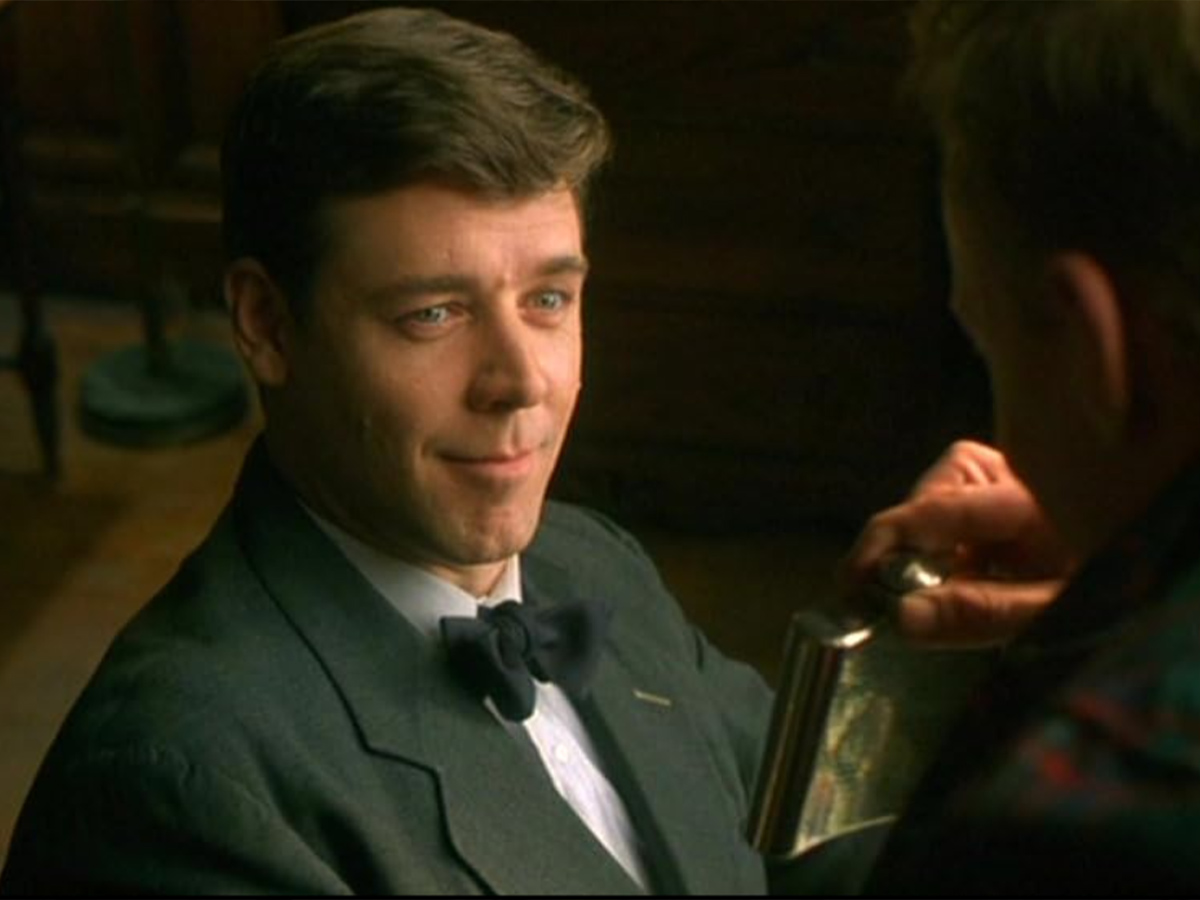
A Beautiful Mind tells the story of brilliant mathematician John Nash, who struggled with schizophrenia. The movie leaves out certain details, like his first son and the fact that he and his wife divorced for a while. These changes make the story simpler but not completely true.
The film also misrepresents Nash’s schizophrenia. It shows him having visual hallucinations, but in real life, his symptoms were mostly voices he heard. These made-up parts create an interesting movie, but they don’t show the real struggles Nash went through.
The Imitation Game (2014)
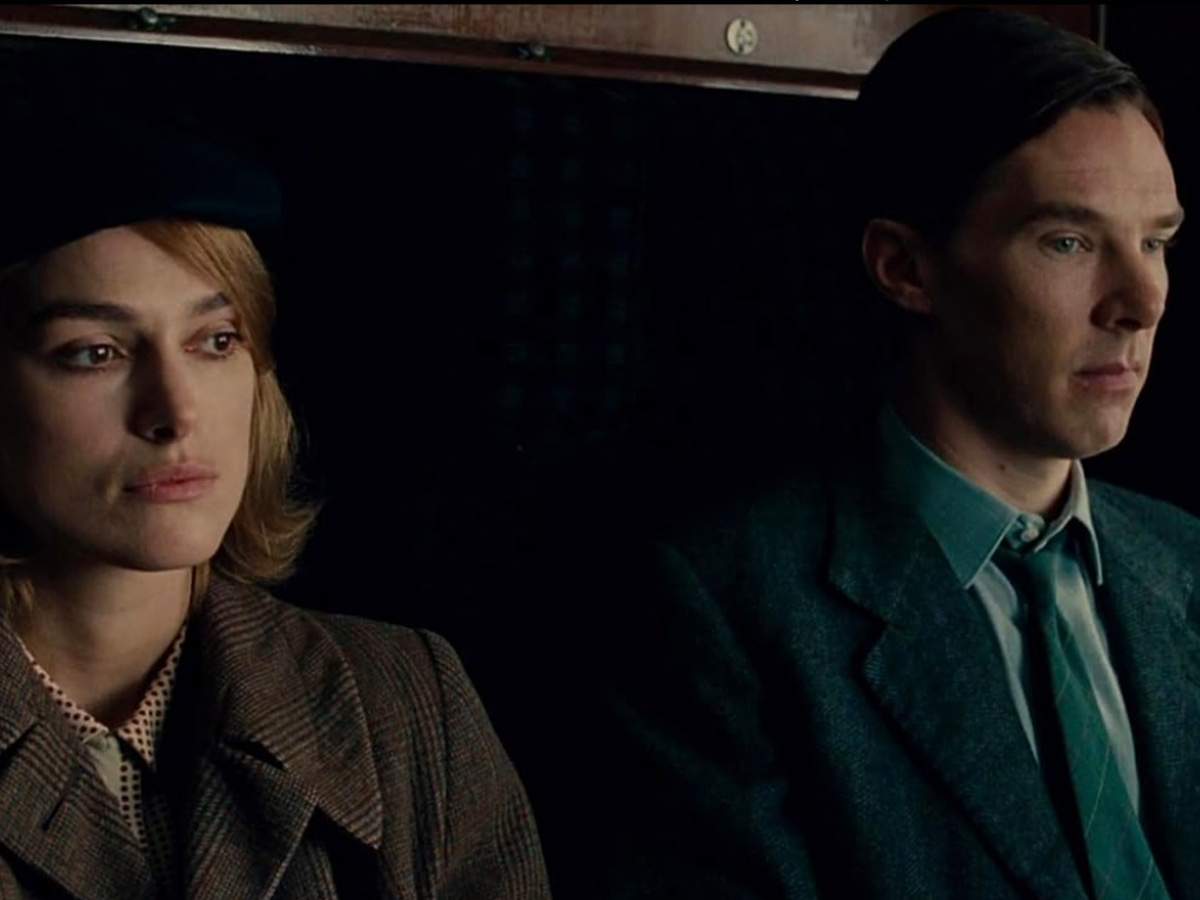
The Imitation Game is about Alan Turing’s work cracking the German Enigma code. It changes key parts of Turing’s story, including oversimplifying his wartime role. The film implies he worked alone to break the Enigma code, but in reality, it was a team effort involving many brilliant minds.
Turing’s personal life is also misrepresented. While the movie suggests a deep romantic relationship with Joan Clarke, it downplays his who he actually loved, which was central to his story. These inaccuracies blend fact with fiction, creating a less authentic depiction of Turing’s legacy.
Braveheart (1995)
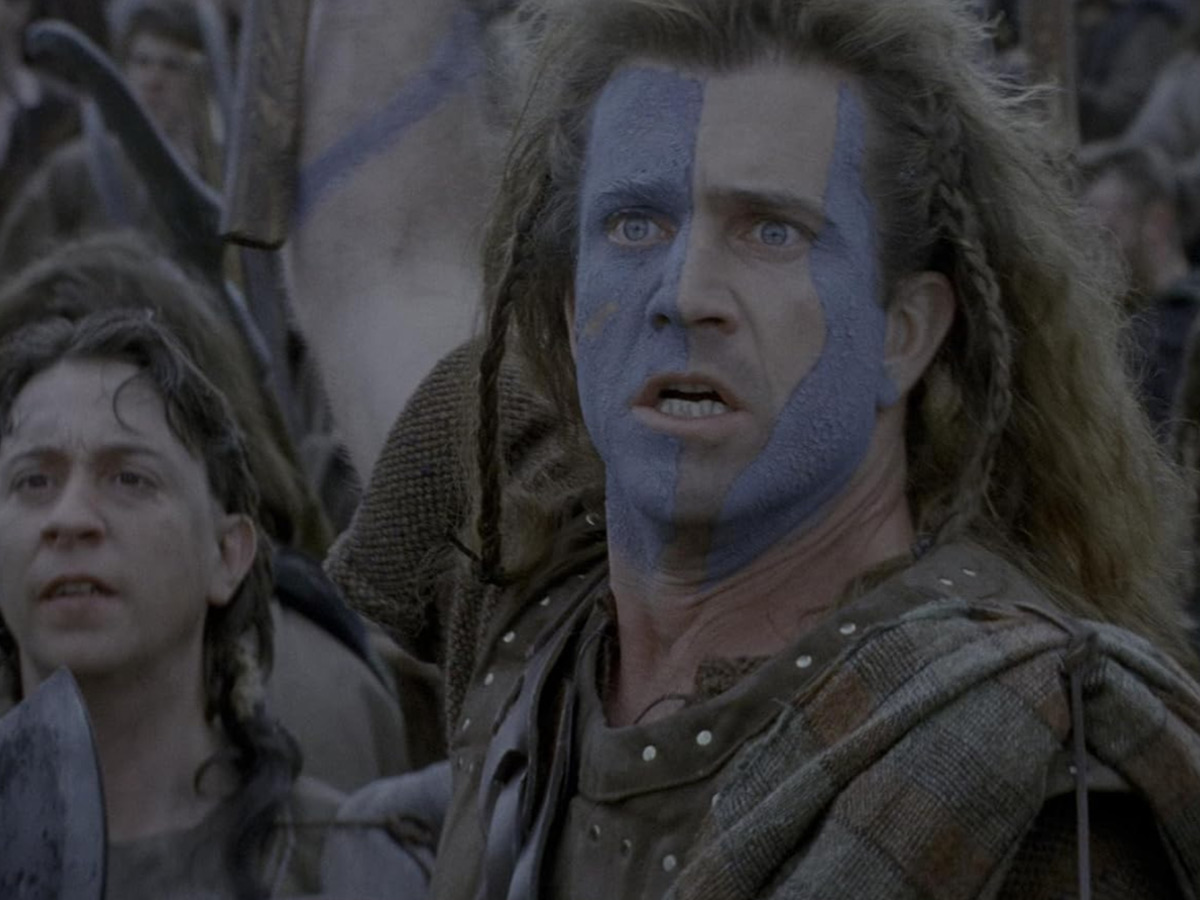
Braveheart, a story about Scottish hero William Wallace, takes major liberties with Wallace’s story, beginning with his clothing. Wallace is shown wearing a kilt, which didn’t exist in Scotland during his time. He also never had a romantic relationship with Princess Isabella because their timelines don’t match up in real life.
The timeline of events is heavily distorted. Wallace’s rebellion and battles are reshaped for drama, and key figures, like Robert the Bruce, are incorrectly portrayed as traitors. These changes prioritize entertainment over historical accuracy.
The Social Network (2010)
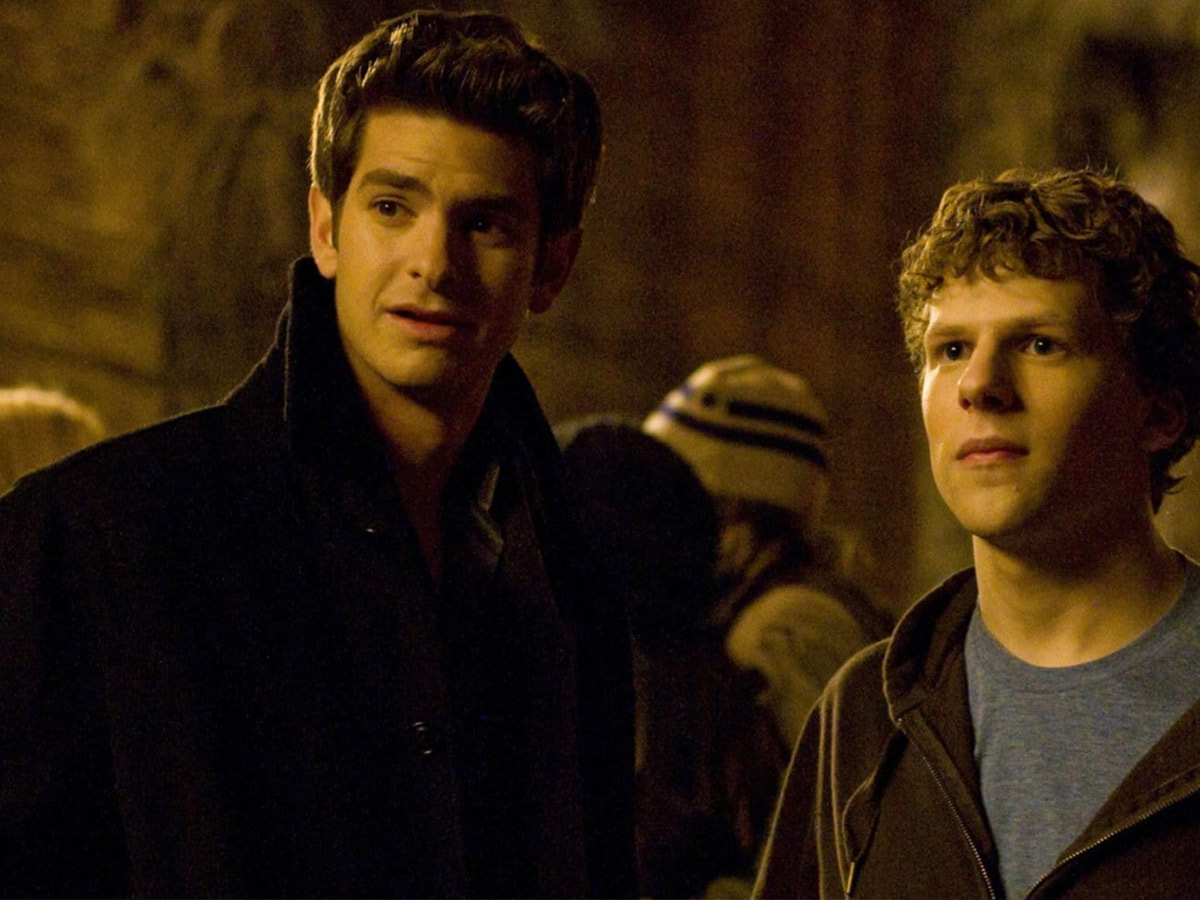
The Social Network twists key facts about Facebook’s creation, painting Mark Zuckerberg as a lone genius driven by personal betrayals. It oversimplifies the collaborative nature of building the platform and overplays dramatic tensions with Eduardo Saverin.
The movie also exaggerates Zuckerberg’s personality, portraying him as colder and more ruthless than he was. Relationships with colleagues and the Winklevoss twins are fictionalized, prioritizing conflict over authenticity. These changes create drama but stray from the truth.
Catch Me If You Can (2002)
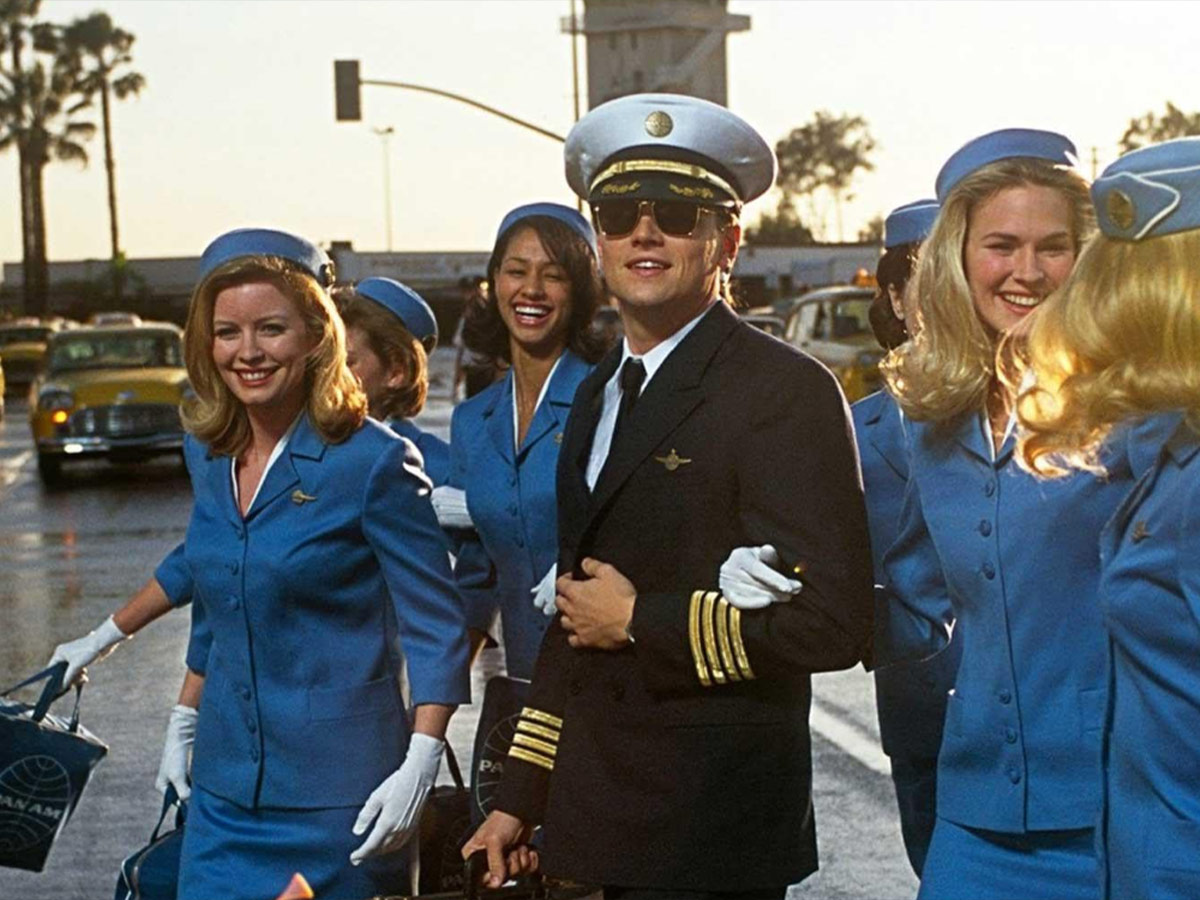
Catch Me If You Can overdramatizes the life and crimes of con artist Frank Abagnale Jr. The movie suggests he was a charming mastermind who successfully fooled everyone, but in reality, many of his cons were not as elaborate or successful as shown.
The film also fictionalizes his relationship with Carl Hanratty, the FBI agent chasing him. While entertaining, their cat-and-mouse dynamic is largely invented. Many of the moments in the movie come from Abagnale’s own autobiography, but it’s important to keep in mind he’s a con artist.
Pain & Gain (2013)

Pain & Gain takes a real-life criminal kidnapping and extortion case in Florida and turns it into a dark comedy. The criminals seem silly and foolish, but in reality, they were much more cruel and dangerous. Their crimes included murder, which is shown in a less serious way.
The movie also skips over important facts about the victims. It combines some people into one character and leaves out others completely. By focusing more on humor than the true events, the film changes the story a lot, making it less accurate.
12 Years a Slave (2013)
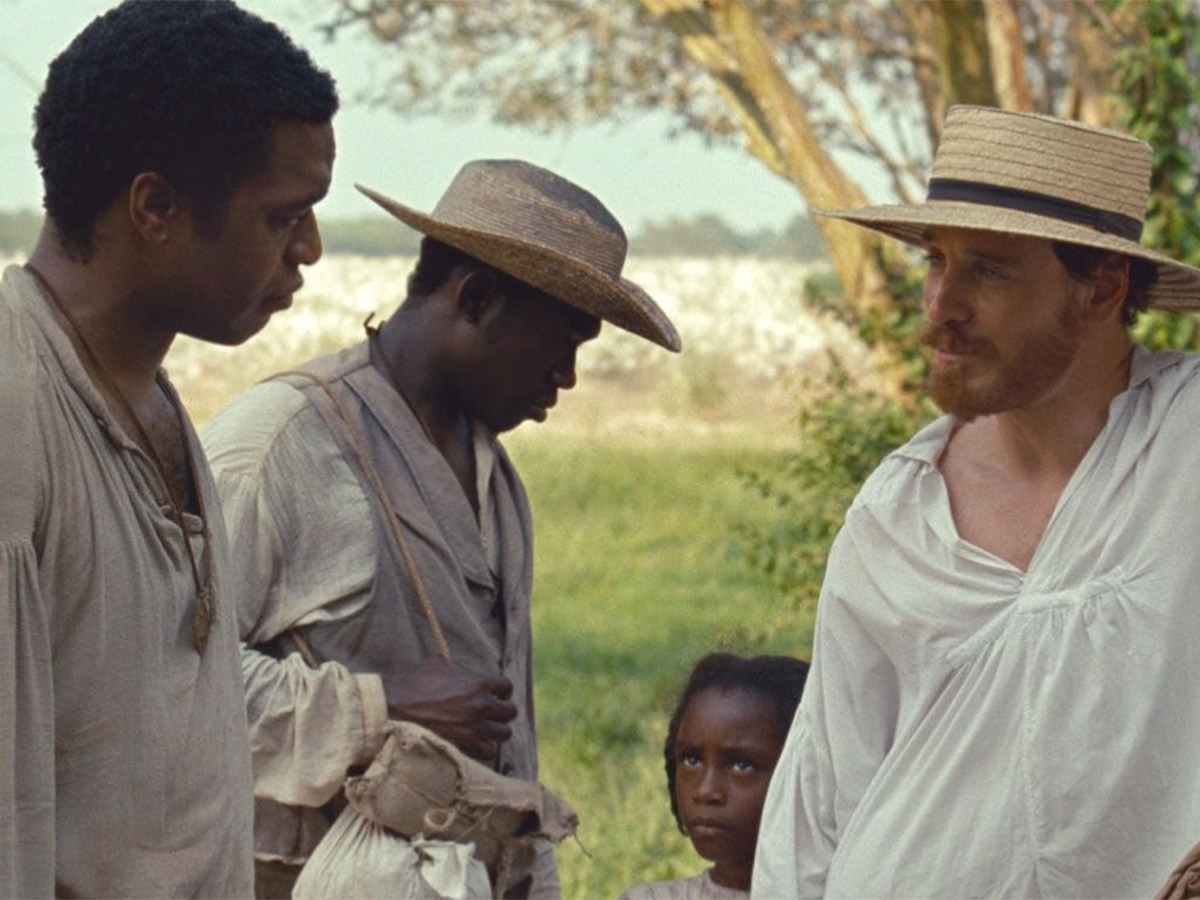
12 Years a Slave is largely accurate to Solomon Northup’s memoir about being a free black man kidnapped into slavery but adds some dramatized elements. Certain events are made more graphic or emotional for impact, such as specific scenes of violence, which may not match Northup's exact descriptions.
The movie also changes timelines and combines a few characters. This makes the story easier to follow but leaves out some details about what really happened. While it tells a strong story, not everything is completely accurate.
Apollo 13 (1995)
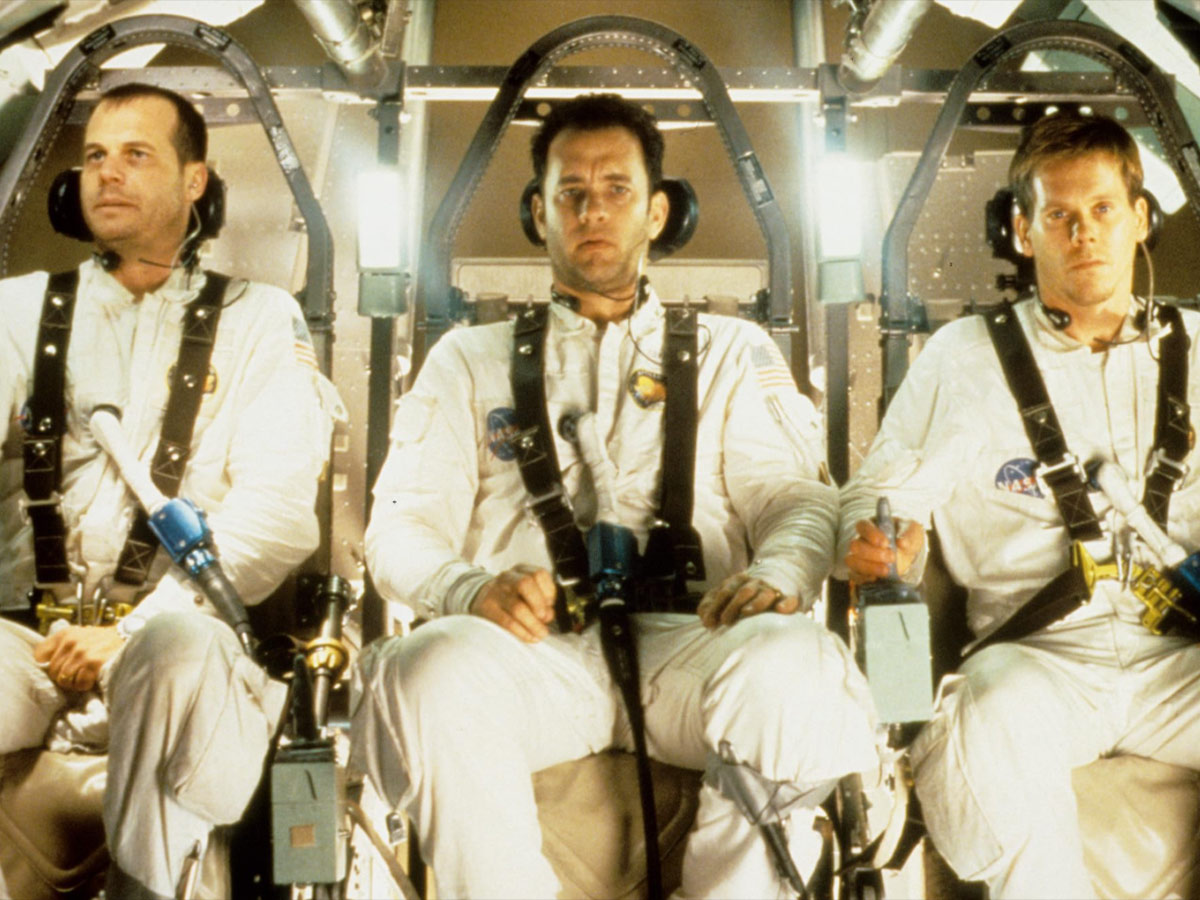
Apollo 13 tells the story of the 1970 failed lunar mission but changes some facts to make it more exciting. For example, it shows Ken Mattingly being forced to stay behind because of a measles scare. The real process was more complicated.
The movie also changes details about the oxygen tank failure. It shows the issue being caused by carelessness, but in real life, it happened because of an unseen problem during manufacturing. These changes make the movie more dramatic but less accurate.
The Last Samurai (2003)
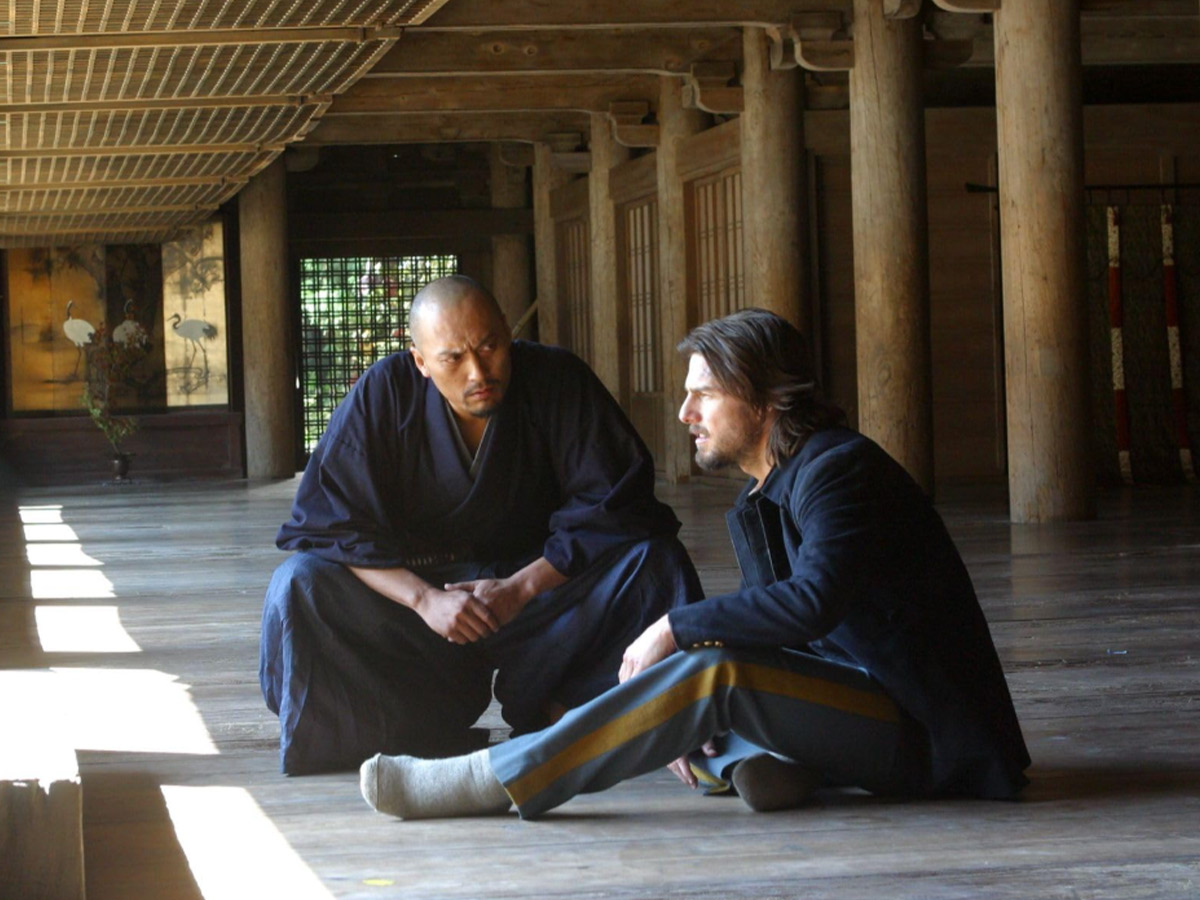
The Last Samurai was Inspired by real samurai and Western advisors in Japan. The movie shows samurai as heroes fighting against change, but in real life, many supported modernization.
It also makes it seem like Western countries were the reason for Japan’s changes. However, Japanese leaders had already started making big reforms before this. These changes in the movie make the story more dramatic but less true to history.
Argo (2012)
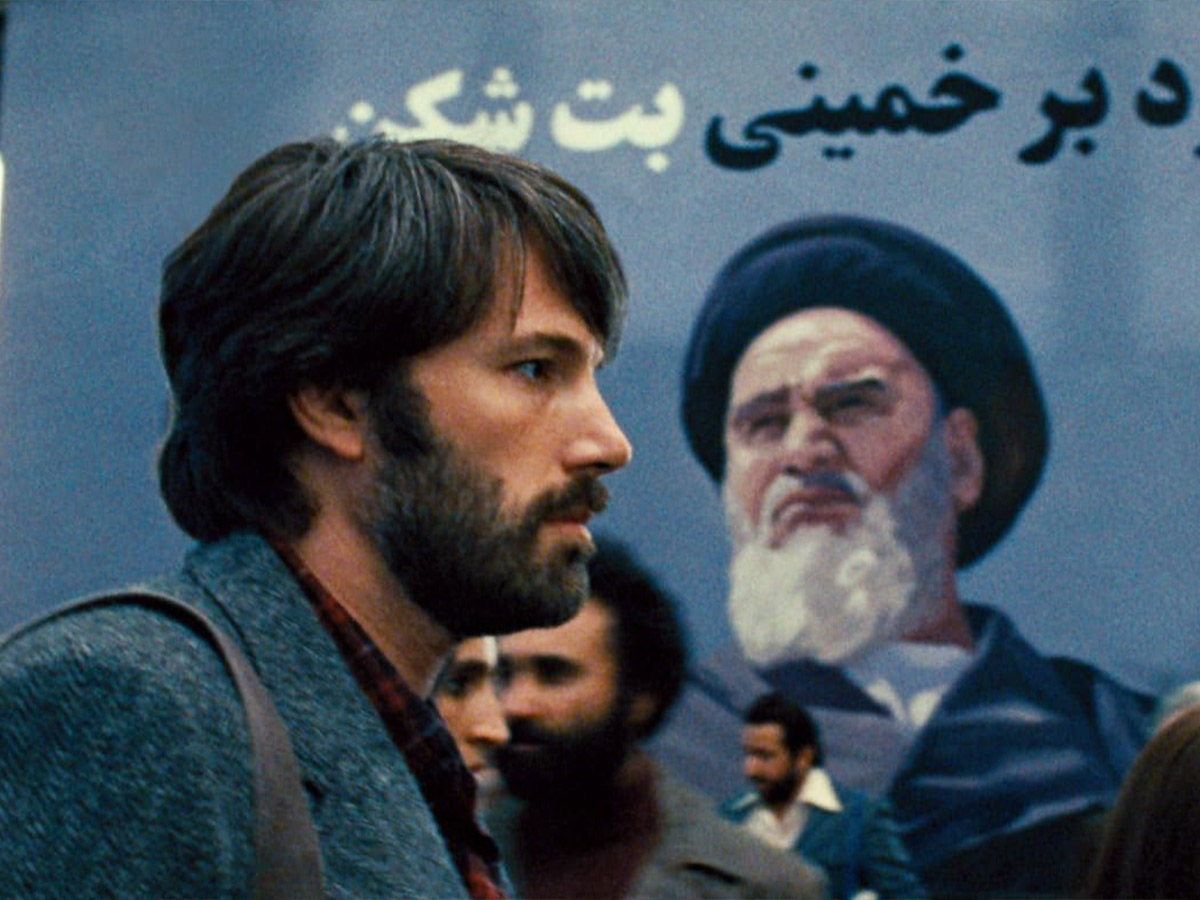
Argo simplifies the 1979 Iran hostage crisis, especially the role of Canadian diplomats. The film downplays Canada’s major involvement in protecting and extracting the hostages, giving most of the credit to the CIA instead.
The movie also adds dramatic moments, like the airport chase, which didn’t happen. These scenes heighten tension but misrepresent historical events, focusing more on thrills than the full truth behind the rescue mission.
Bohemian Rhapsody (2018)
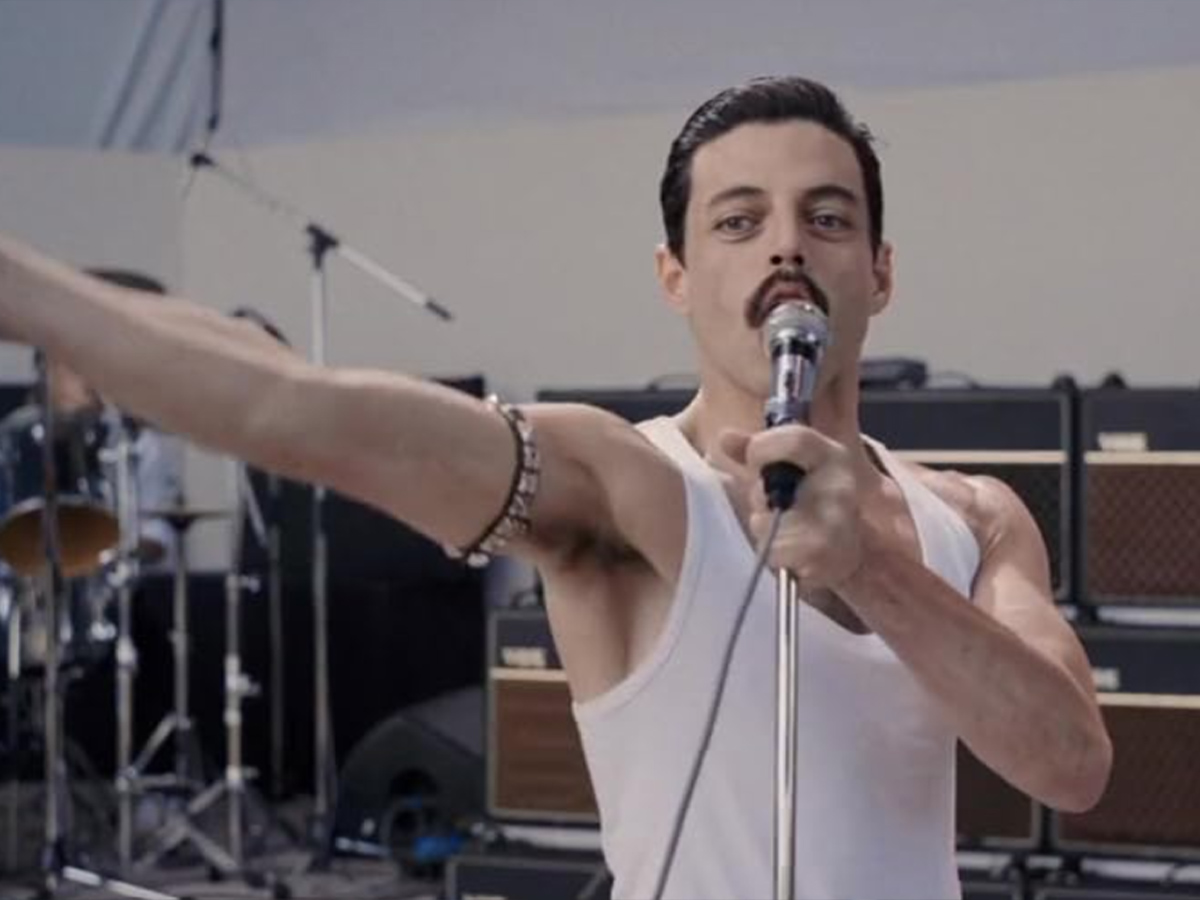
Bohemian Rhapsody was based on the life of Freddie Mercury and Queen’s rise to fame but changes timelines of Queen’s history for dramatic effect. For example, the band’s breakup is shown before Live Aid, but in reality, they never broke up. This shift adds tension but is historically inaccurate.
The film also dramatizes Freddie Mercury’s AIDS diagnosis, suggesting he knew about it before Live Aid. However, Mercury was diagnosed years later. These changes make the story more emotional but stray from the truth.
The Theory of Everything (2014)
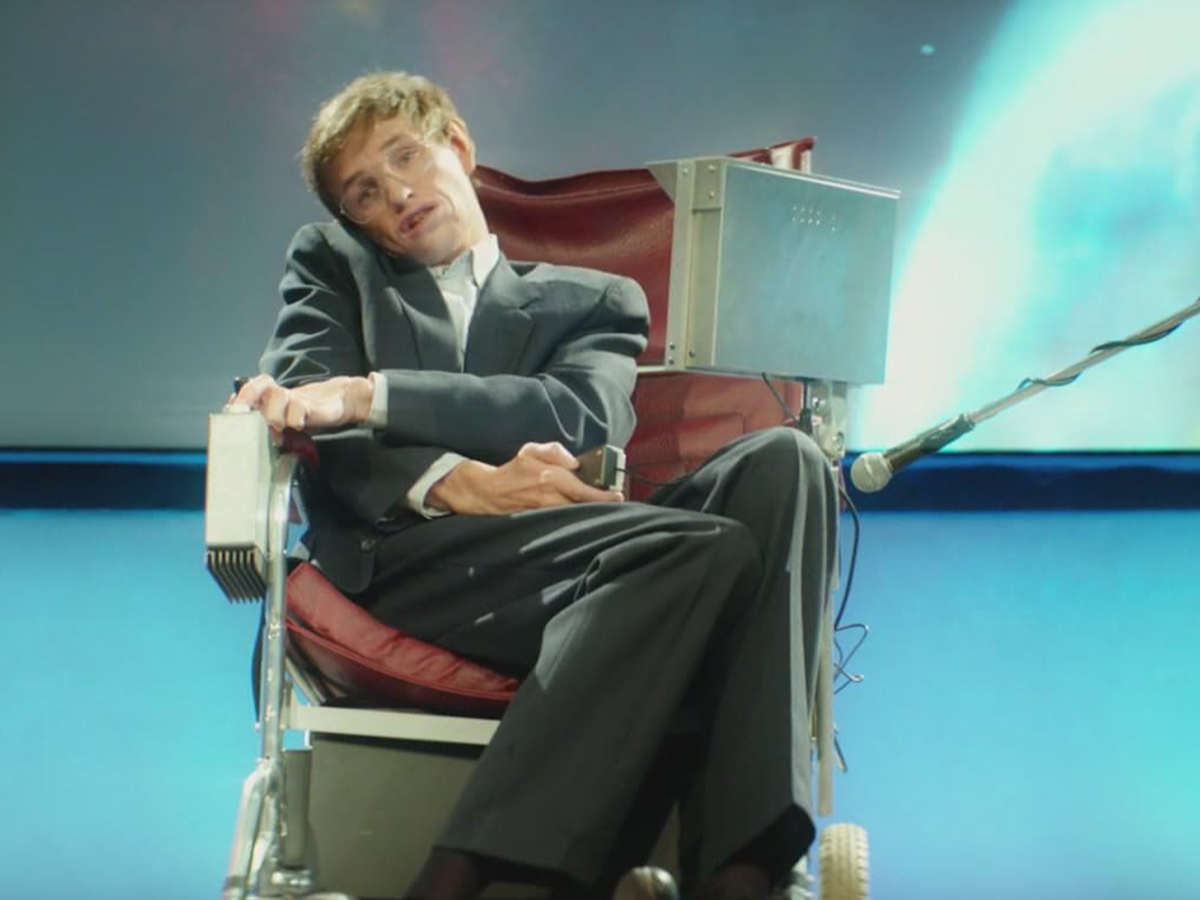
The Theory of Everything simplifies Stephen Hawking’s life for storytelling. It minimizes his professional struggles and collaborative efforts, making his success appear more individual. This leaves out the contributions of fellow scientists in his groundbreaking work.
The film also alters aspects of Stephen and Jane Hawking’s relationship. It underplays the challenges in their marriage and changes the timeline of their separation. These adjustments enhance the drama but deviate from real events.
The Wolf of Wall Street (2013)
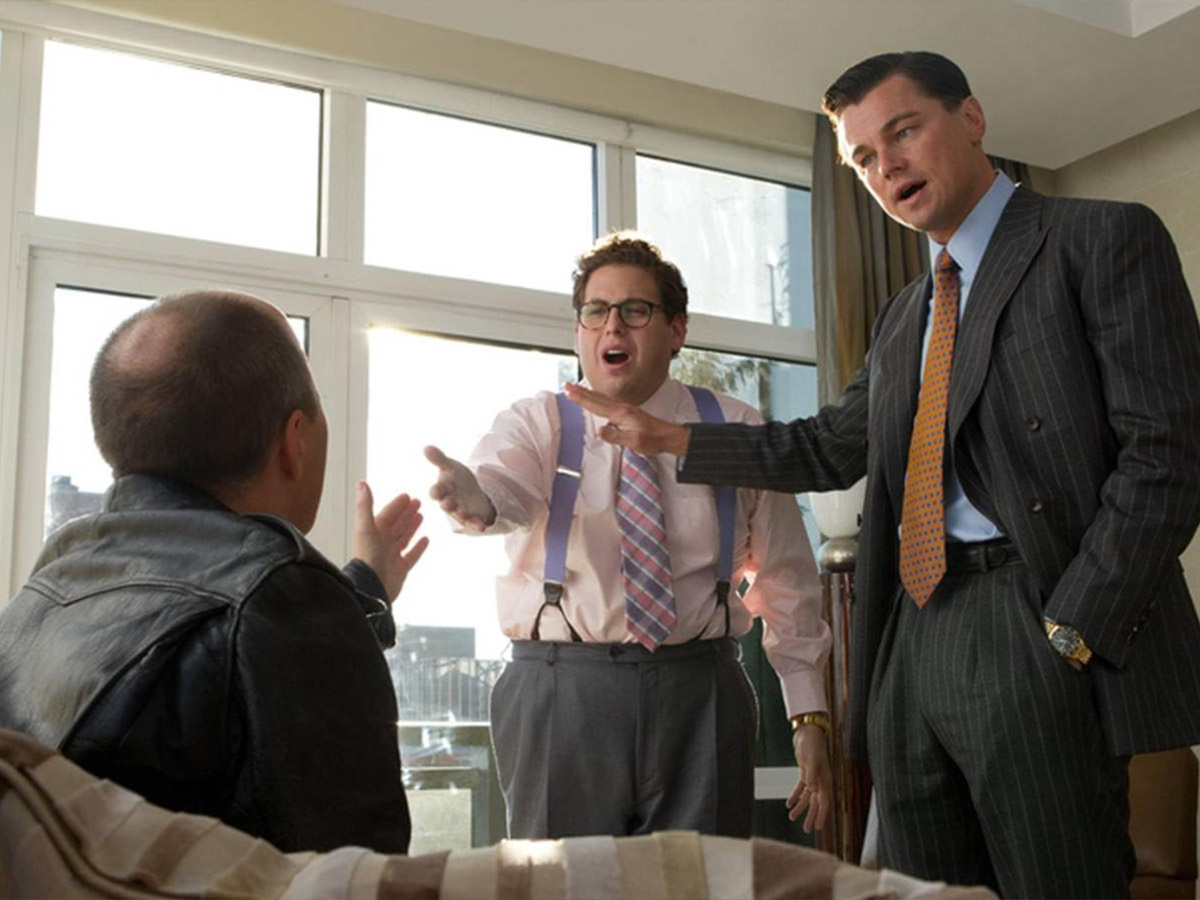
The Wolf of Wall Street tells the story of Jordan Belfort’s rise and fall as a stockbroker, but it makes his life seem a lot wilder than it was. While based on his memoir, many scenes, like the crazy office parties are way more over-the-top than what actually happened at Stratton Oakmont.
The movie also skips some details about how Belfort’s illegal schemes worked. It simplifies the story to keep the action exciting and funny, but this makes it less accurate about the real events and the harm he caused.
Dallas Buyers Club (2013)
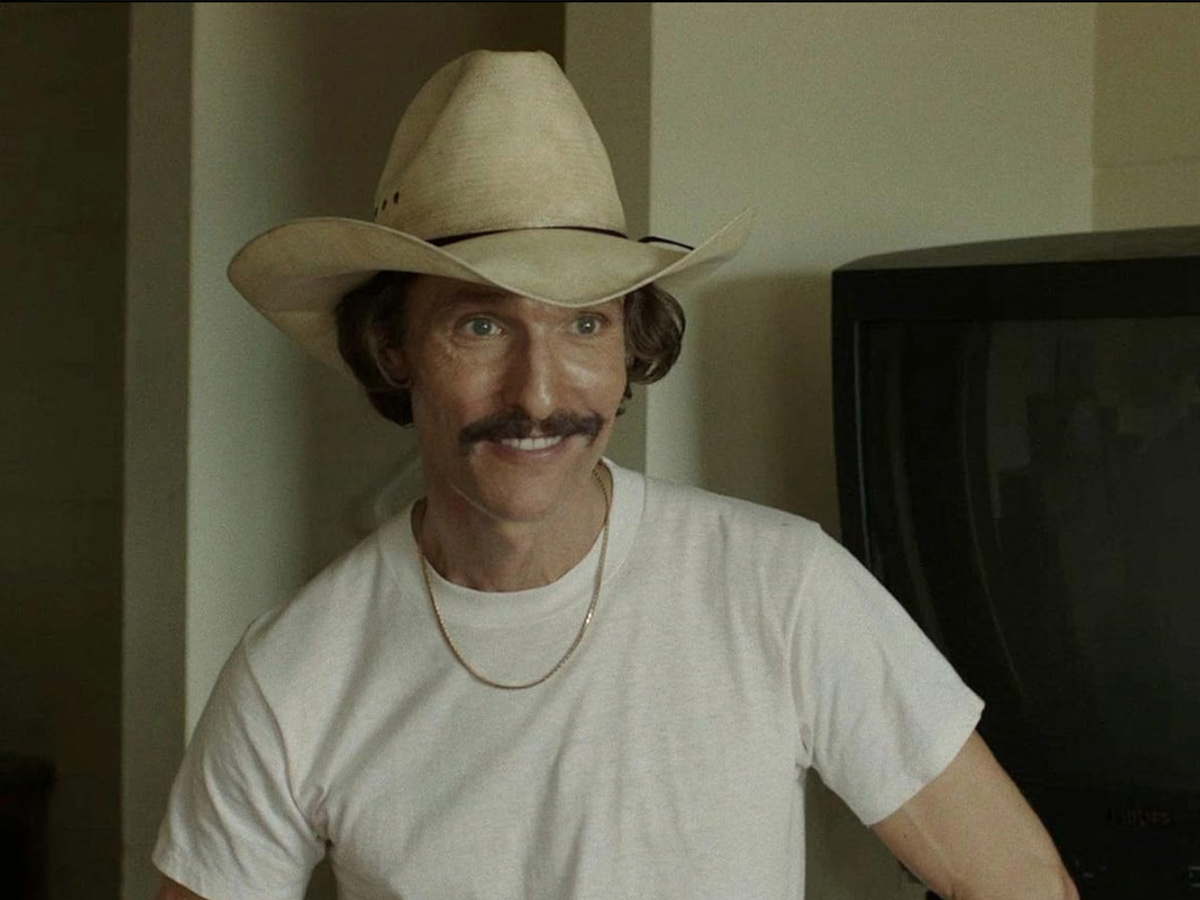
Dallas Buyers Club dramatizes Ron Woodroof’s life by portraying him as a hateful loner who later changes. In reality, Woodroof's close relationships with the diverse communities existed before his AIDS diagnosis, altering the character for narrative tension.
The movie also makes the FDA seem like the main villain, stopping people from getting medicine. While the process to approve treatments was slow and hard, the real story was more complicated than a simple good-versus-bad struggle.
Green Book (2018)
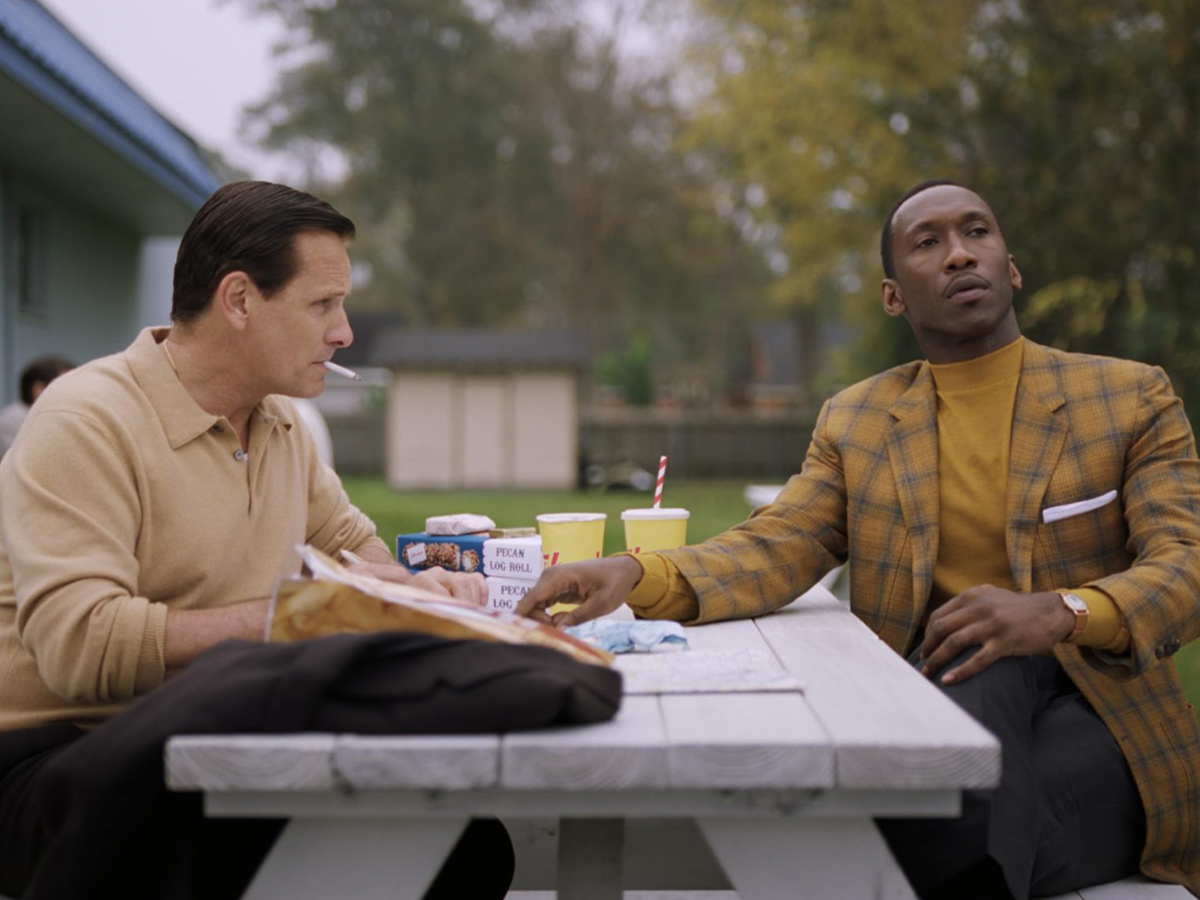
Green Book follows the story of a black pianist, Don Shirley, and his white driver, Tony Lip, during a concert tour in the Deep South. The film dramatizes their friendship, showing them as much closer than they were in real life.
The movie also oversimplifies racial tensions of the time, focusing more on Tony's growth while underplaying Don’s experiences and struggles. These changes make the story feel heartwarming but miss some important historical truths.
 Author
Rachel Downs
Last Updated: November 19, 2025
Author
Rachel Downs
Last Updated: November 19, 2025